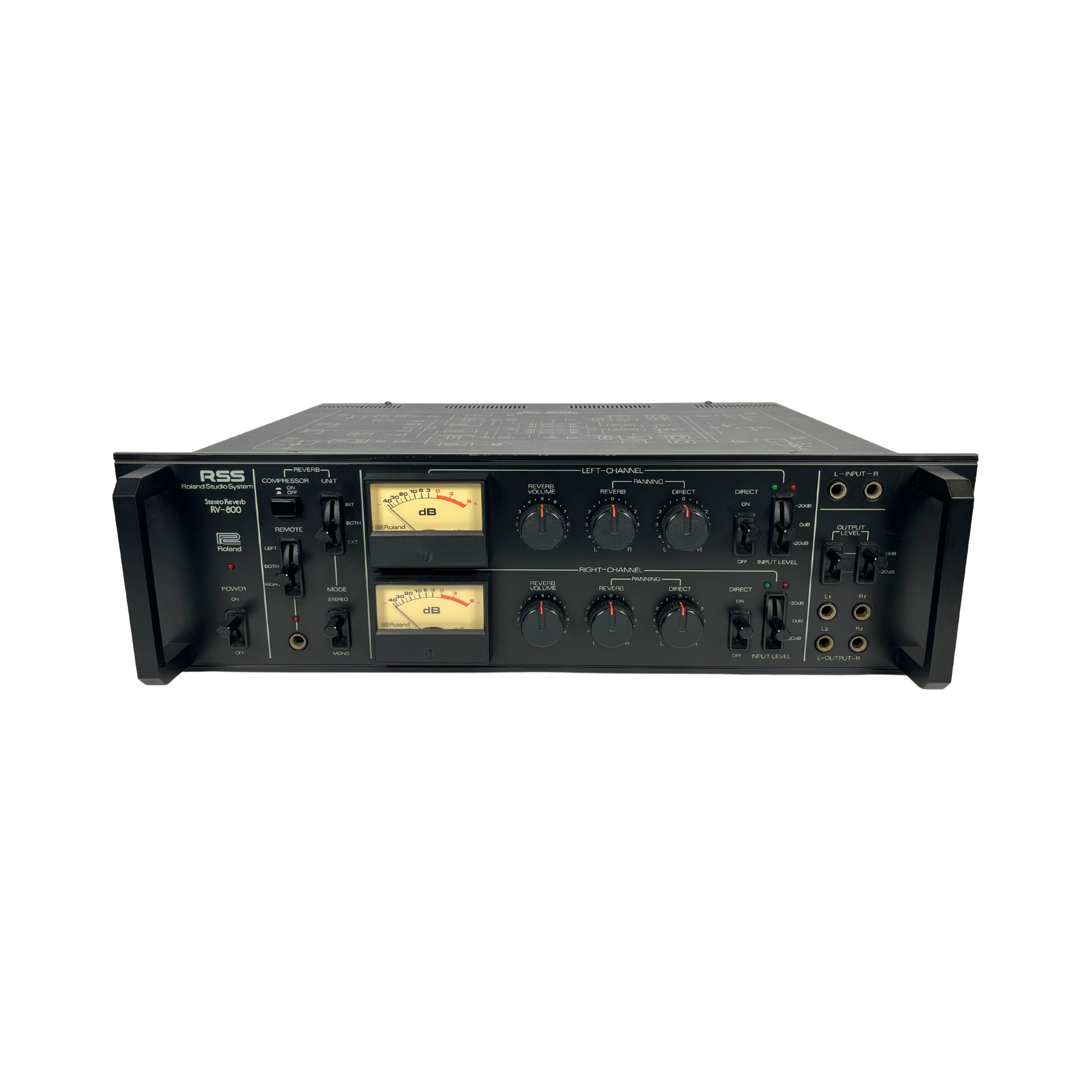Casio SK-1 Sampling Keyboard Circuitbent
It's gone - please contact us via the enquire button below.
Regular price
£590.00 | Inc.VAT: £708.00
Crazy inspiration. Will ship freshly circuitbent. In very good condition, serviced and with warranty.
Enquire Now
PRODUCT INFORMATION
SHIPPING INFORMATION
RETURNS & REFUNDS
FREE UK SHIPPING
FREE UK SHIPPING
FREE UK SHIPPING
FREE UK SHIPPING
FREE UK SHIPPING
FREE UK SHIPPING
FREE UK SHIPPING
FREE UK SHIPPING
FREE UK SHIPPING
FREE UK SHIPPING
OTHER VINTAGE GEAR
DON'T JUST TAKE OUR WORD FOR IT
Free UK shipping. Add "FREESHIPUK" at checkout
Free UK shipping. Add "FREESHIPUK" at checkout
Free UK shipping. Add "FREESHIPUK" at checkout
Free UK shipping. Add "FREESHIPUK" at checkout
Free UK shipping. Add "FREESHIPUK" at checkout
Free UK shipping. Add "FREESHIPUK" at checkout
Free UK shipping. Add "FREESHIPUK" at checkout
Free UK shipping. Add "FREESHIPUK" at checkout
Free UK shipping. Add "FREESHIPUK" at checkout
Free UK shipping. Add "FREESHIPUK" at checkout






























